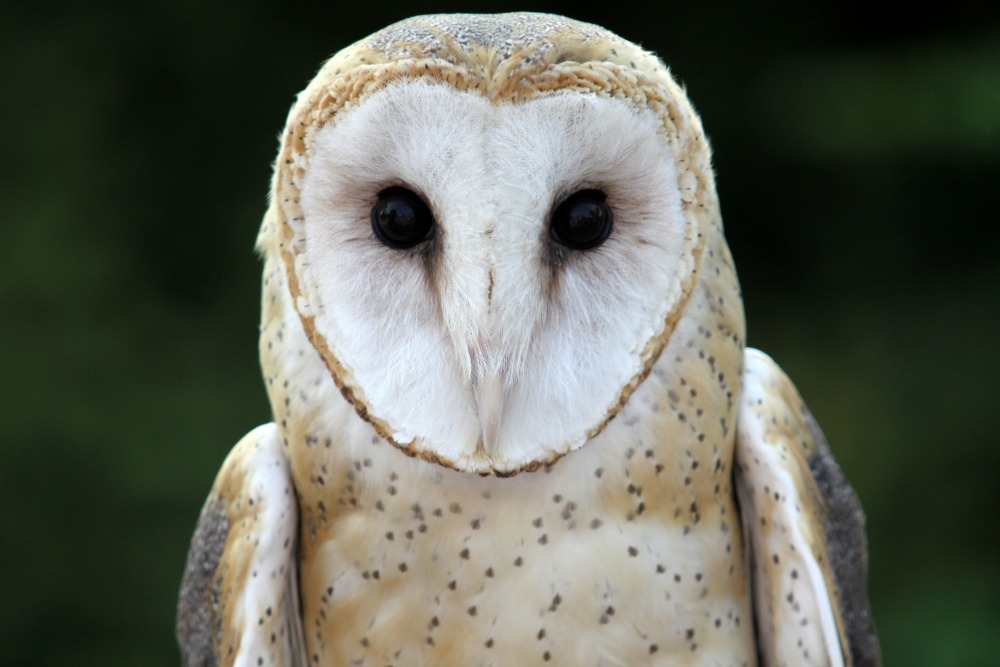Barn owls are not very much foreign to many. These are usually located in the wildlife. There is a great amount of fascinating Barn Owl facts that you need to know. What are these?
First of all, these barn owls have been voted by the Brits as their favorite farmland bird. This was done in the public in the poll which was conducted on the year 2007. It was facilitated by RSPB. Historically speaking, the said barn owl was a typical kind of owl. But then, it has been said that today, there is only a farm out of 75 which has the capacity to boast the nest of the barn owl.

Barn owls are not hooters. They will most likely screech whenever seen. In order for their cry to be heard, it would take a great amount of effort to do so. Silently, they have the ability to fly their way out. This would enable them to hear the slightest of sound there is. This is why the rodent turned out to be its hidden prey ever since. It does not matter whether the mentioned is in deep vegetation. It would also not mean a lot if it is flying three meters over the head. It can still be caught.
It is the heart-shape head of the barn owl which is responsible in the collection of sound. This is somehow synonymous to the ears of humans. This hearing may be sometimes sensitive. Of all the creatures which have been tested, they are considered the most delicate when it comes to their sense of hearing.
These barn owls are not really territorial in nature. There are adults which can somehow inhabit overlapping home ranges available. This may also cover an approximate of 5,000 hectares. This may be staggering to 12,500 to 7,100 acres. This is true for a ton of football pitches.
It is very typical for barn owl chicks to have each other fed while they are in their nest. This sort of behavior though is not witnessed in a lot of birds, only barn owls. In order for them to go on with breeding and living, there is a necessity to munch around 5,000 prey. It will be okay if these are prey items too. These can be field voles, common shrews and even that of mood mice.
For every year, these barn owls may produce three broods. These may cover five up to seven young for every year. There are breeds though which are only once and on an average, they can only give off two and a half young. There is a percent of their population which cannot produce any young at all. There is a 91 percent of these barn owls which are said to be containing rat poison. There are owls which just die right away because they accidentally consumed rodenticides. However, there are those which have sub-lethal doses. The aftermath of the mentioned is not yet known. For a very usual year, almost 3,000 barn owls are killed. This happens in the motorways of Britain.